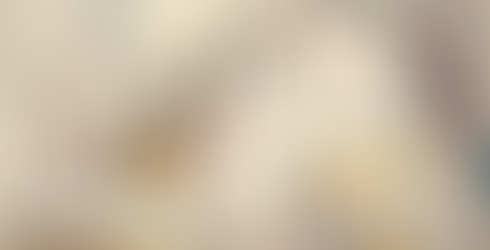Abstractly perfect artworks
- Dhriti Gandhi
- Oct 7, 2021
- 3 min read
Artist Prabhakar Kotle has always allowed his creativity to flow freely. After a long gap of 15 years, the artist is set to unveil his show at Treasure Art Gallery, Defence Colony, New Delhi. In a tête-à-tête, he spilled the beans about his life, artistic style and the upcoming showcase.

Artists, art connoisseurs and critics recognise artist Prabhakar Kotle’s works as abstract art. But the 76-year-old artist calls them as art and not abstract art. According to him, his artworks allow him to express his thoughts without any figurative structure on paper.
“Abstract art is all about abstracting something and making a picture. Painting is my language. I don’t take a subject and paint something that is recognisable. Subject emerges out of my language,” he says.
The artist defines abstraction as a kind of art that involves abstracting something out of concrete. Concrete, he says, pertains to thoughts through which an artist expresses himself/herself.
In his latest show set to take place at Treasure Art Gallery, the artist has used the power of colours to reveal the concrete. Titled as The Mind’s Eye, the show will showcase 58 of his artworks that were created during the pandemic. Amongst canvasses and works on paper and drawings are three intriguing installations that add to Kolte’s repertoire of creativity.
Describing the showcase, he says, “I created 150 pieces during the pandemic, of which 58 are on display. All are done in acrylic colours and some of them are big pieces.” The show can be viewed between 9 Oct–10 Dec 2021.
His pathway to art
As a child, Kotle’s maternal uncle was his inspiration that helped him discover art. He observed his uncle’s artworks who used the power of colours on paper to unwind. “I was intrigued by the use of colours and figures that he used to copy from his surroundings while painting. So, in 10th standard, I decided to pursue art as a career,” he says.
His family supported his decision but his uncle didn’t. However, it didn’t impact his opinion. In 1968, he secured a seat in JJ School of Art, Mumbai, where he started learning art professionally. While he was excited to unveil the new chapter in his life, he didn’t like the idea of his school’s teaching style – copying things around him to create art.
“It felt wrong to copy something. Though I was doing this work as a child in my home but I expected to learn something different at my art school. I felt if I had to do this, there was no need for me to join an art school,” he says.
Within two years, he realised that figurative art was not his passion, as it didn’t allow him to think freely and creatively. Though he was uncertain about the path that he wanted to take, he was reluctant to follow the herd and copy the things that he saw around him. This behaviour wasn’t taken well by his teachers. He was often scolded for his actions.
Tired of the mundane practice followed at his art school, Kotle resorted to reading art books. He discovered Picasso’s art books in the fourth and fifth year of his college. He also started studying works of Paul Klee, the Swiss-German artist. It was Klee’s works he says, that gave him the direction to move on in his artistic journey.
“I still remember reading Klee’s words: ‘artist is a part of nature. He should behave and create like the nature’. That became my mantra. Since then, I decided to paint what I wanted to and found solace in abstract art,” he shares with a smile.
Other passions
When not painting, the artist enjoys teaching students, reading, poetry and writing. But he does not enjoy writing about random things. “Writing and poetry is also about my art. Sometimes, I use colours to define my artworks and sometimes, I use the power of words,” he says.
On asking if he will ever transition to figurative art, apt comes the reply, “I may stop painting, but I will never go back to figurative art.”













Comentarios